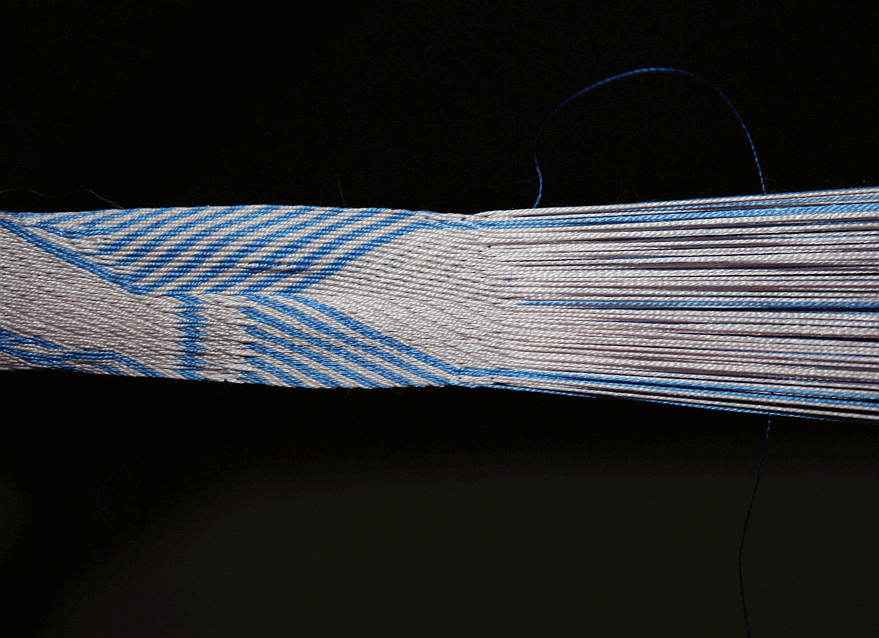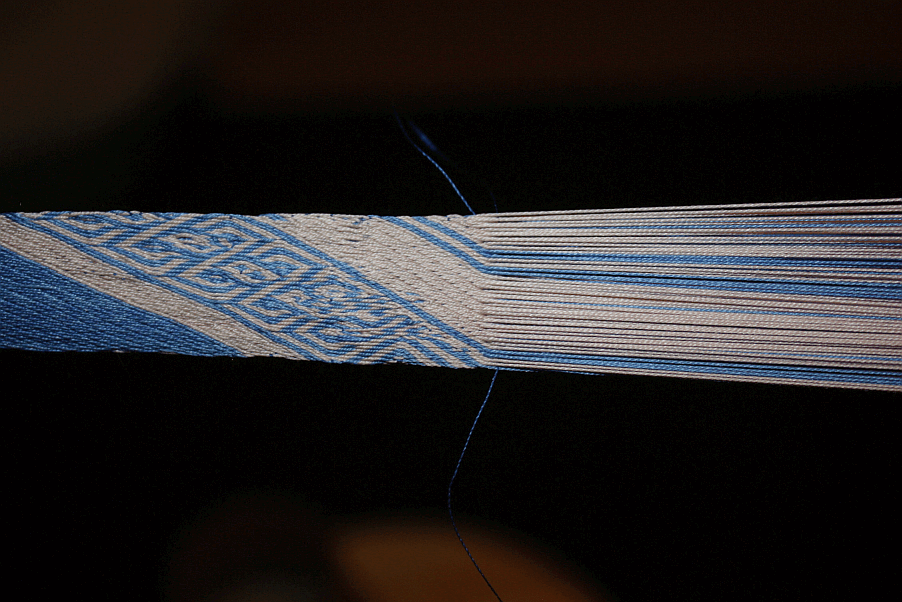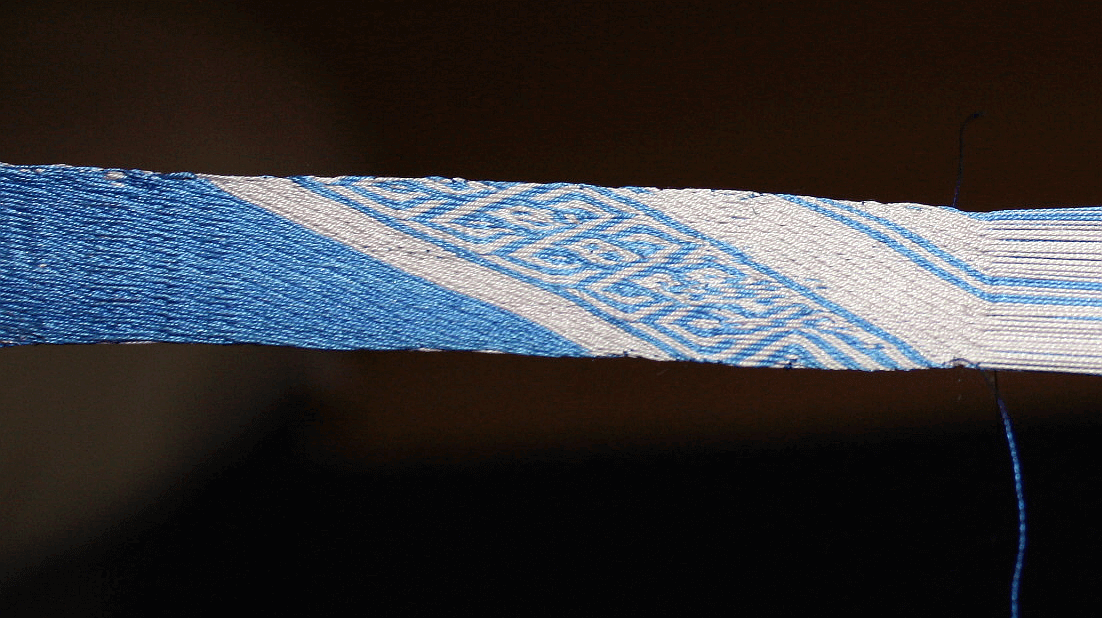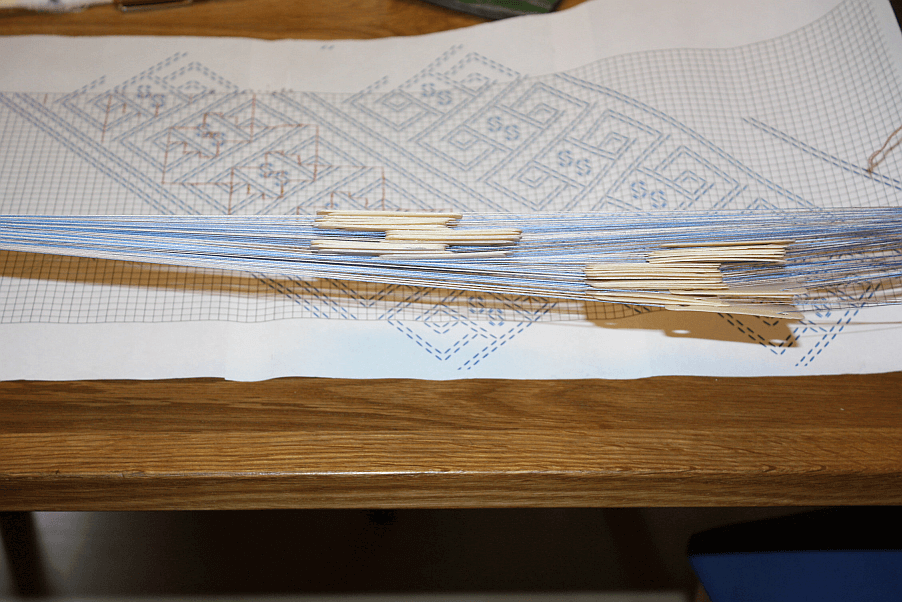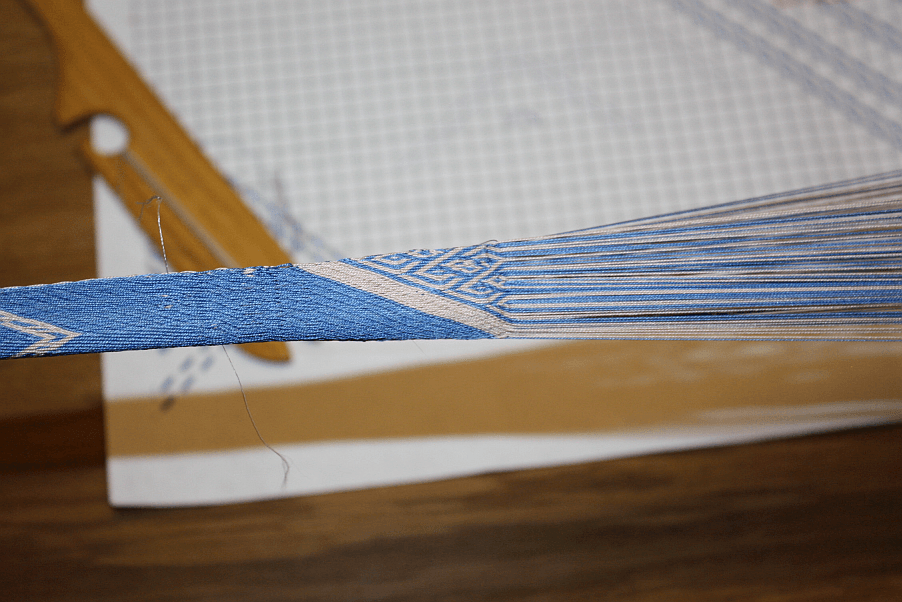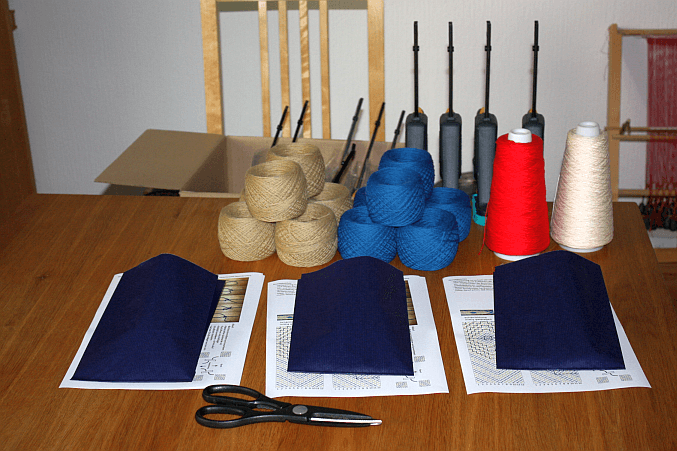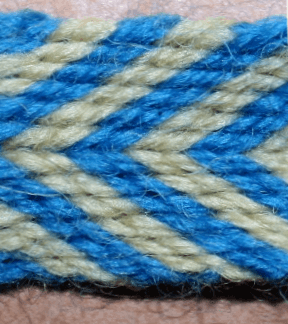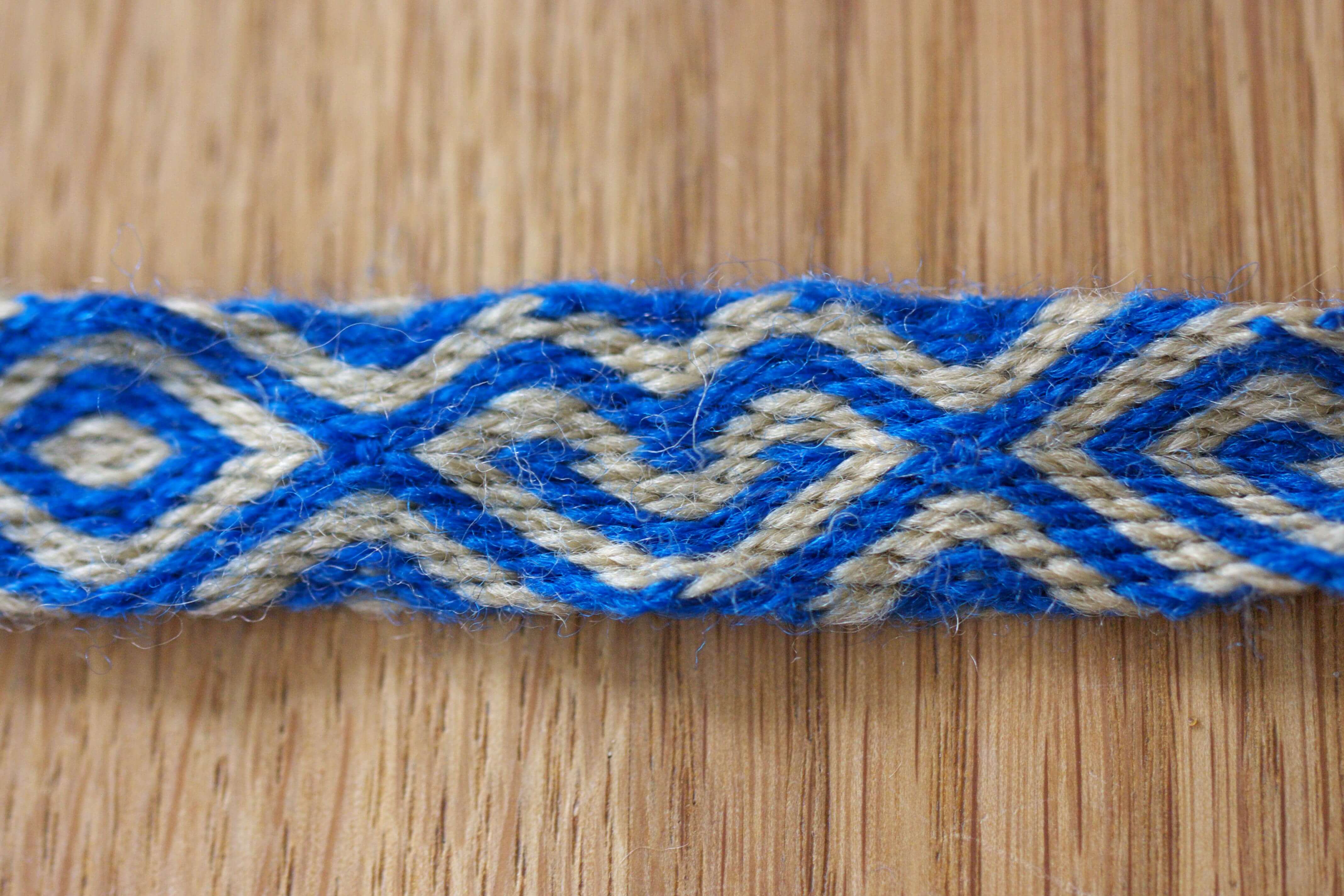It's the season of people looking for ideas - things to give to others, things to wish for. So in case you're one of the many, many folks on search of good ideas, here are three things - all of them related to tablet weaving, and all of them guaranteed not to catch dust:
If you're interested in tablet weaving, especially in the brocaded kind, you have probably heard about the book "Ecclesiastical Pomp and Aristocratic Circumstance". It's a nice collection of tablet-woven bands, even though there's not a lot of images of the original pieces in the book. It appears that this has gone out of print, but it's now available as a pdf download from Nancy Spies' Etsy shop. At 12 USD, it's also quite affordable!
The same thing has happened to Anna Neuper's Modelbuch, also originally published as a paper book, also out of print and now available as pdf. In this case, you have to invest 5 USD.
Louise Ström has written a booklet about how to do tablet-woven patterns without a pattern draft. The motifs are fairly traditional Scandinavian ones, where you have variations in each pattern section, resulting in a band with non-repeating (though similar) motifs. This, too, is available as a pdf download via Etsy and will cost you about 18 USD.
Disclaimer: I do own the paper version of Pomp & Circumstance, but know neither of the two other books. They have ended up on my list, though...
Oh, and by the way - it's Blogiversary today! Nine years of blogging!
If you're interested in tablet weaving, especially in the brocaded kind, you have probably heard about the book "Ecclesiastical Pomp and Aristocratic Circumstance". It's a nice collection of tablet-woven bands, even though there's not a lot of images of the original pieces in the book. It appears that this has gone out of print, but it's now available as a pdf download from Nancy Spies' Etsy shop. At 12 USD, it's also quite affordable!
The same thing has happened to Anna Neuper's Modelbuch, also originally published as a paper book, also out of print and now available as pdf. In this case, you have to invest 5 USD.
Louise Ström has written a booklet about how to do tablet-woven patterns without a pattern draft. The motifs are fairly traditional Scandinavian ones, where you have variations in each pattern section, resulting in a band with non-repeating (though similar) motifs. This, too, is available as a pdf download via Etsy and will cost you about 18 USD.
Disclaimer: I do own the paper version of Pomp & Circumstance, but know neither of the two other books. They have ended up on my list, though...
Oh, and by the way - it's Blogiversary today! Nine years of blogging!




